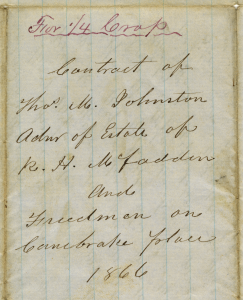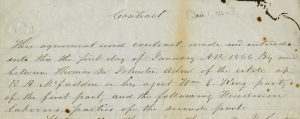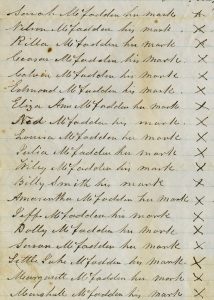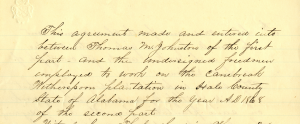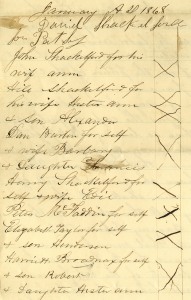On June 19th, 1865, Maj. Gen. Gordon Granger issued General Order #3 in Galveston, Texas. It read, in part:
THE SLAVES ALL FREE.
GENERAL ORDERS, No. 3. — The people of Texas are informed that, in accordance with a proclamation from the Executive of the United States, “all slaves are tree.” This involves an absolute equality of personal rights and rights of property between former masters and slaves, and the connection heretofore existing between them becomes that between employer and hired labor.¹
Though Gen. Robert E. Lee surrendered his army in April of 1865, it took some months for hostilities to cease and for word to travel to the western arm of the Confederacy. The Emancipation Proclamation, which went into law on January 1st, 1863, was supposedly difficult to enforce in Texas due to the weak Union presence in that state at the time.
June 19th, 1865 saw more confusion than celebration, but the following year marked the first-ever celebration of the Juneteenth holiday – a combination of “June” and “nineteenth” – commemorating emancipation. The Southern Historical Collection has few holdings related to Juneteenth celebrations in particular, but we have many items that recorded how Freedpeople recognized and built new lives after emancipation.
The image gallery below features two sharecropping contracts (1866 and 1868) signed by a number of Freedpeople from Green, Hale, and Marengo counties in Alabama. Click on a thumbnail to expand and learn more about the contracts.
All images from the Johnston and McFaddin Family Papers (#02489-z), Southern Historical Collection, The Wilson Library, University of North Carolina at Chapel Hill.


